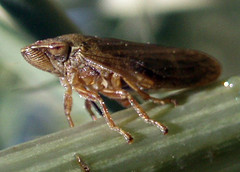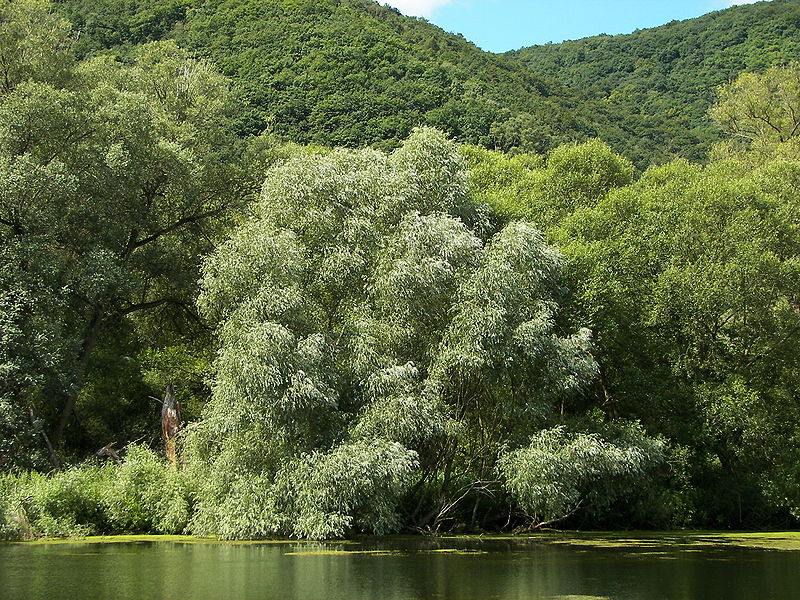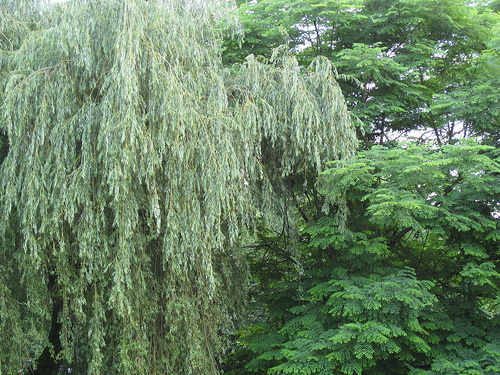How does Salix alba interact with other organisms in its environment?
Humans:
Humans are one of the major organisms that interact with Salix alba. This is because it contains a compound used for medicinal purposes. The bark of the white willow tree contains high concentrations of salicylic acid. Salicylic acid is a major component of aspirin. It has been known for thousands of years. Hippocrates was one of the first people to write about it saying the bark of the willow tree could be used to relieve aches, pains, and reduce fever. For these reasons, human kind found great interest in this product. It was first isolated in 1826 in Germany. Another reason why humans find Salix alba interesting is because it can also be used for acne treatment, wart treatment, and removal of calluses. For more information on salicylic acid check out salicylicacid.net.

Here is a picture of an aphid feeding off of Salix alba taken by Isdiro Martinez. This is a common interaction for the tree.
Animals:
Sometimes it is forgotten that animals interact with plants, but they do even with Salix alba. The most common interaction that found between animals and the white willow tree is the animals using the tree as a habitat. Many animals do find refuge there especially insects, amphibian, and birds. Specifically you can find the larva form of the predaceous diving beetle, the American toad, and tree swallows. The protection against the elements that the white willow offers is invaluable to these species.
Plants:
Another interaction that may be forgotten about is how two plants interact with each other. As already has been mentioned, willows have the ability to cross fertilize each other. Also, the white willow because it grows so fast and large blocks out the sun so many other plant species cannot grow around it. This also lets plants that need shady conditions to survive thrive. Specifically some plants that live with salix alba are the common blue violet, jack-in-the-pulpit, and the sweet violet.Finally, lets look at some interesting facts about Salix alba

